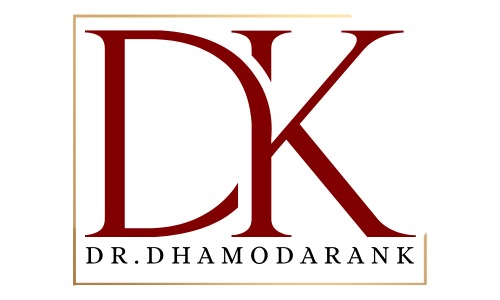 9 April, 2025
9 April, 2025
Exploring the Spectrum of Angioplasty: Essential Insights into Heart and Arterial Health
Introduction Angioplasty is a revolutionary medical procedure that has transformed the landscape of cardiovascular treatment. This minimally invasive technique is designed to open blocked or narrowed arteries, which are often the result of atherosclerosis, to restore optimal blood flow to the heart and other critical areas of the body. With advancements in medical technology, several types of angioplasty have been developed, each tailored for specific conditions and patient needs.
Coronary Angioplasty Coronary angioplasty, commonly referred to as percutaneous coronary intervention (PCI), is specifically performed to treat narrowed coronary arteries that can lead to heart attacks. This procedure involves the insertion of a catheter with a small balloon at its tip, which is inflated at the site of the blockage. This inflation helps widen the artery, promoting better blood flow. Often, a stent is placed during the procedure to keep the artery open after the balloon is deflated and removed.

Balloon Angioplasty Balloon angioplasty is the foundation of most angioplasty procedures. It uses a small, inflatable balloon attached to a catheter, inserted into the narrowed artery segment. Once in place, the balloon is inflated to compress the plaque against the artery walls, increasing arterial diameter and enhancing blood flow. While effective, this method sometimes requires the addition of a stent to prevent the artery from narrowing again, a condition known as restenosis.

Laser Angioplasty Laser angioplasty introduces a high-tech twist to traditional methods by using laser energy to remove blockages. A catheter equipped with a laser fiber is guided through the affected artery, where it emits pulsating beams of light that precisely vaporize or ablate the plaque buildup without damaging the artery walls. This technique is particularly useful in treating blockages that are difficult to reach or are too hard for traditional balloons.

Drug-Eluting Stents A significant advancement in angioplasty involves the use of drug-eluting stents (DES). These devices are similar to traditional stents but are coated with medication that is gradually released into the artery walls to inhibit cell proliferation. This helps prevent the artery from becoming blocked again. Drug-eluting stents have shown a lower rate of restenosis compared to their bare-metal counterparts and are increasingly preferred in clinical settings.

Bare-Metal Stents Before the advent of drug-eluting stents, bare-metal stents were the norm. These stents act as scaffolding to prop open arteries after angioplasty. While effective in preventing immediate reclosure of the artery, they do not contain drugs and thus have a higher rate of restenosis than drug-eluting stents.

Carotid Artery Stenosis Treatment Carotid artery stenosis, a narrowing of the arteries that supply blood to the brain, poses a significant risk of stroke. Angioplasty for carotid artery stenosis often involves the placement of a stent to stabilize the artery and prevent future blockages. This procedure is crucial for patients who are at high risk of stroke due to carotid artery narrowing.
Renal Artery Stenosis Treatment Renal artery stenosis affects the arteries supplying blood to the kidneys and can lead to hypertension and kidney failure. Angioplasty for renal artery stenosis involves the use of balloons, stents, or both to open up the artery and ensure that the kidneys receive adequate blood supply. This procedure is vital for maintaining kidney function and managing blood pressure.
Atherectomy Unlike traditional angioplasty, which pushes the plaque against the artery walls, atherectomy removes the plaque from the arteries. This procedure is performed using a catheter with a sharp blade on its tip, which shaves off or grinds away the plaque deposits. Atherectomy is particularly beneficial for treating calcified plaques that are not easily compressible with balloons.
The Role of Imaging and Follow-Up Imaging techniques such as ultrasound, coronary angiography, and others play a crucial role in guiding angioplasty procedures and assessing their effectiveness. Following angioplasty, patients typically undergo follow-up exams and imaging to ensure the arteries remain open and to monitor for any signs of restenosis.
 +91 96001 07057
+91 96001 07057 Sidharam Heart Clinic Adyar, Gandhi Nagar, Canal Bank Road, Opp.St.Louis School, Adyar, Chennai, Tamil Nadu 600020
Sidharam Heart Clinic Adyar, Gandhi Nagar, Canal Bank Road, Opp.St.Louis School, Adyar, Chennai, Tamil Nadu 600020
